America’s greatest treasures aren’t always marked with highway signs or featured in glossy travel brochures. While millions flock to the Grand Canyon and Times Square, incredible destinations hide in plain sight across the country.
These destinations rarely appear on traditional bucket lists, which is precisely what makes them special. Getting off the beaten path means more than just avoiding crowds—it’s about discovering the authentic America that exists between major tourist attractions.
Here are 20 hidden gems that prove the best adventures often require taking the scenic route.
Apostle Islands, Wisconsin

Lake Superior’s Apostle Islands feel more like Alaska than the Midwest—sea caves carved by ice, pristine beaches accessible only by kayak, and lighthouses standing sentinel over waters vast enough to seem oceanic. Most people think Wisconsin means cheese and beer, but these 21 islands offer wilderness that rivals anything further west.
Winter transforms the sea caves into frozen cathedrals, rivaling even Yellowstone’s winter wonders.
Dry Tortugas National Park, Florida
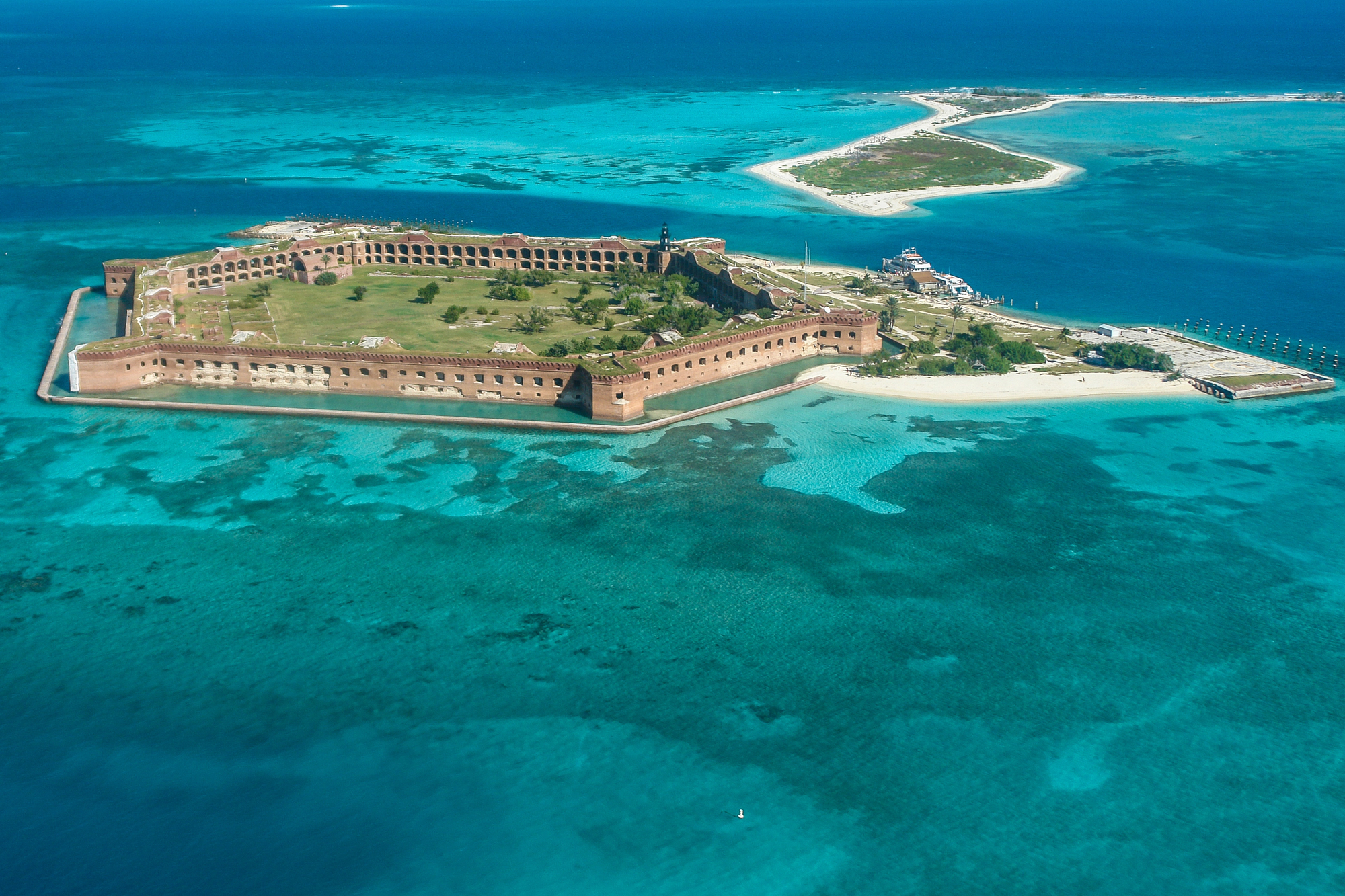
Seventy miles west of Key West sits a fortress that most Floridians don’t even know exists. Fort Jefferson rises from turquoise waters like something from a pirate movie, surrounded by moats that happen to be some of America’s best snorkeling spots.
The ferry ride takes long, but that’s what keeps the crowds away—this place rewards those willing to travel beyond the end of the road.
Antelope Canyon, Arizona (Upper vs. Lower)

Everyone knows Antelope Canyon is Instagram-famous, but most visitors hit the wrong section. Upper Antelope gets the tour buses, while Lower Antelope offers the same otherworldly beauty with half the hassle.
The slot canyons still create those magical light beams, but you won’t spend more time waiting for photos than actually experiencing the place. Sometimes, the less famous option delivers the better experience.
Like Travel Pug’s content? Follow us on MSN.
Great Sand Dunes National Park, Colorado
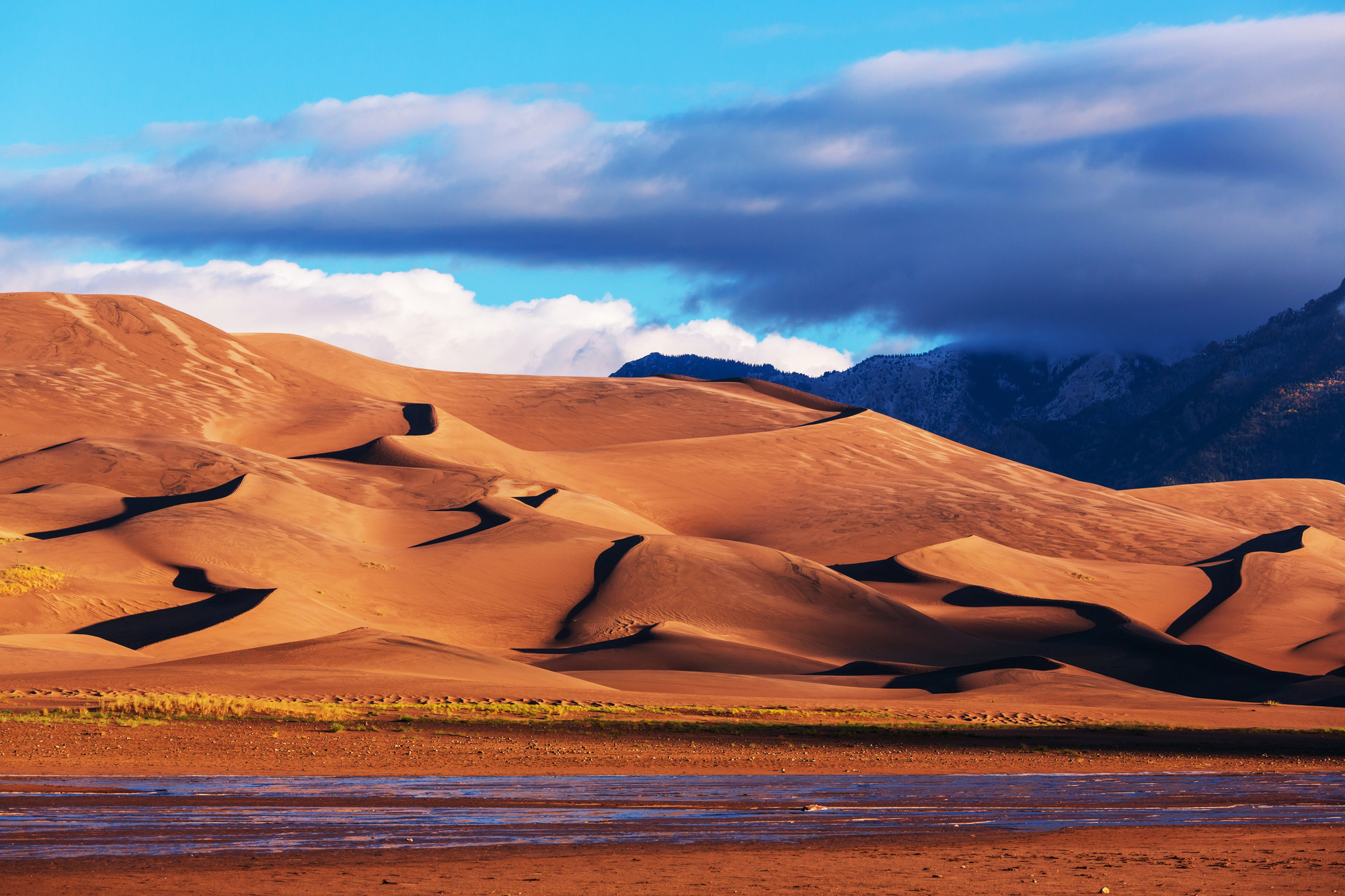
Colorado means mountains to most people, but the state’s southern reaches hide the tallest sand dunes in North America. These 750-foot peaks of sand look like they were dropped from another planet—kids can sandboard down slopes while adults marvel at how something so unexpected feels so perfectly placed.
The San Luis Valley setting makes the whole scene feels like a stunning geographic anomaly.
Olympic Peninsula’s Hoh Rainforest, Washington
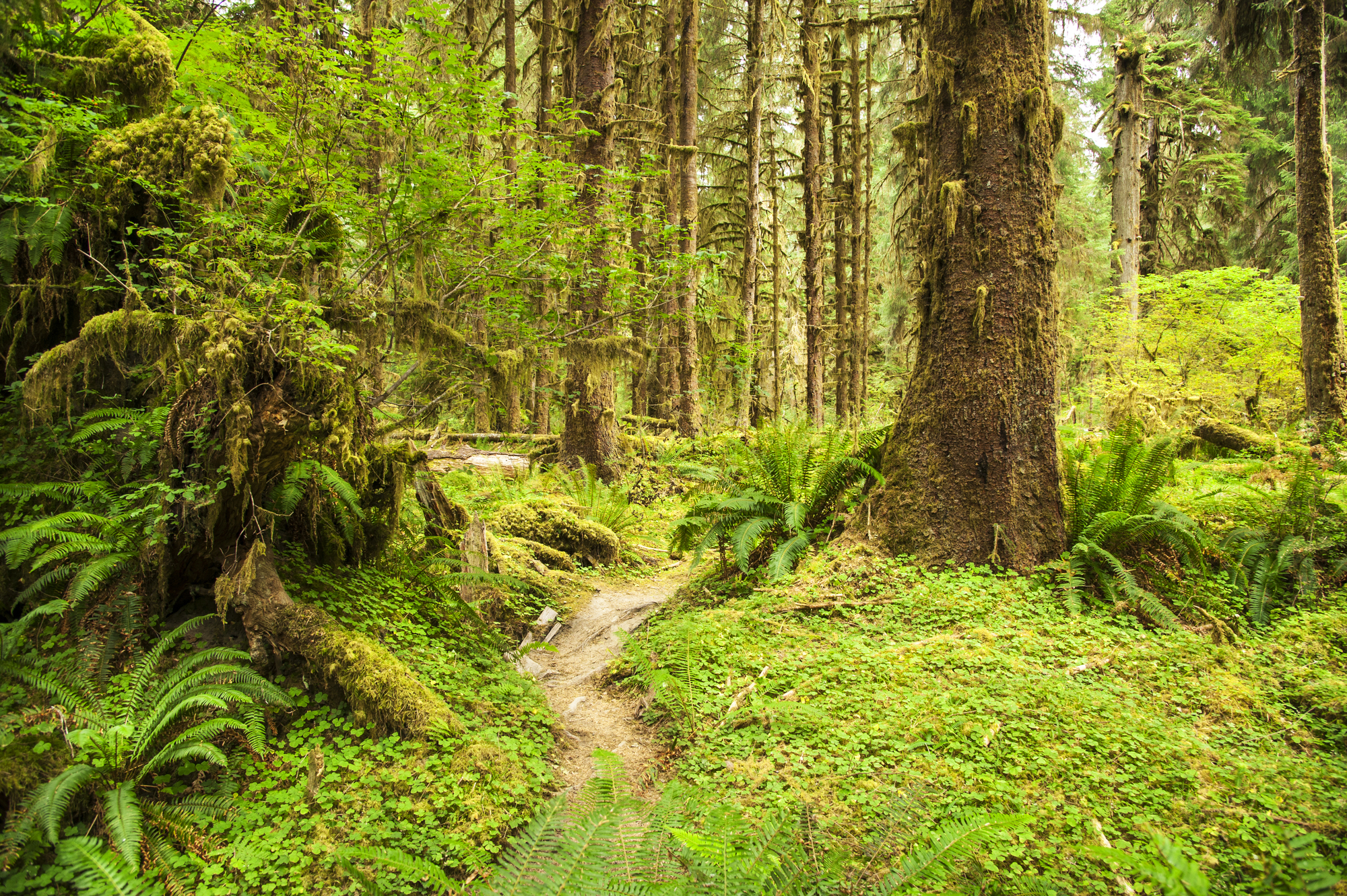
Everyone visits the Olympic National Park, but most stick to the coastal areas or mountain hikes. The Hoh Rainforest feels like stepping into Middle Earth—moss drapes everything like green velvet, while ancient trees create cathedral spaces that humble even the most jaded nature lover.
This silence isn’t mere quiet—it’s the absence of human interference with the natural world.
Devil’s Tower, Wyoming

This volcanic neck rising from Wyoming’s plains inspired Close Encounters, but Hollywood couldn’t capture its actual presence. The monolith looks impossible—like nature decided to build a skyscraper in the middle of nowhere.
Rock climbers treat it as a sacred space, while visitors discover that some landscapes demand respect rather than just admiration. Prairie dogs at their base provide comic relief for the overwhelming vertical drama.
Like Travel Pug’s content? Follow us on MSN.
Pictured Rocks National Lakeshore, Michigan
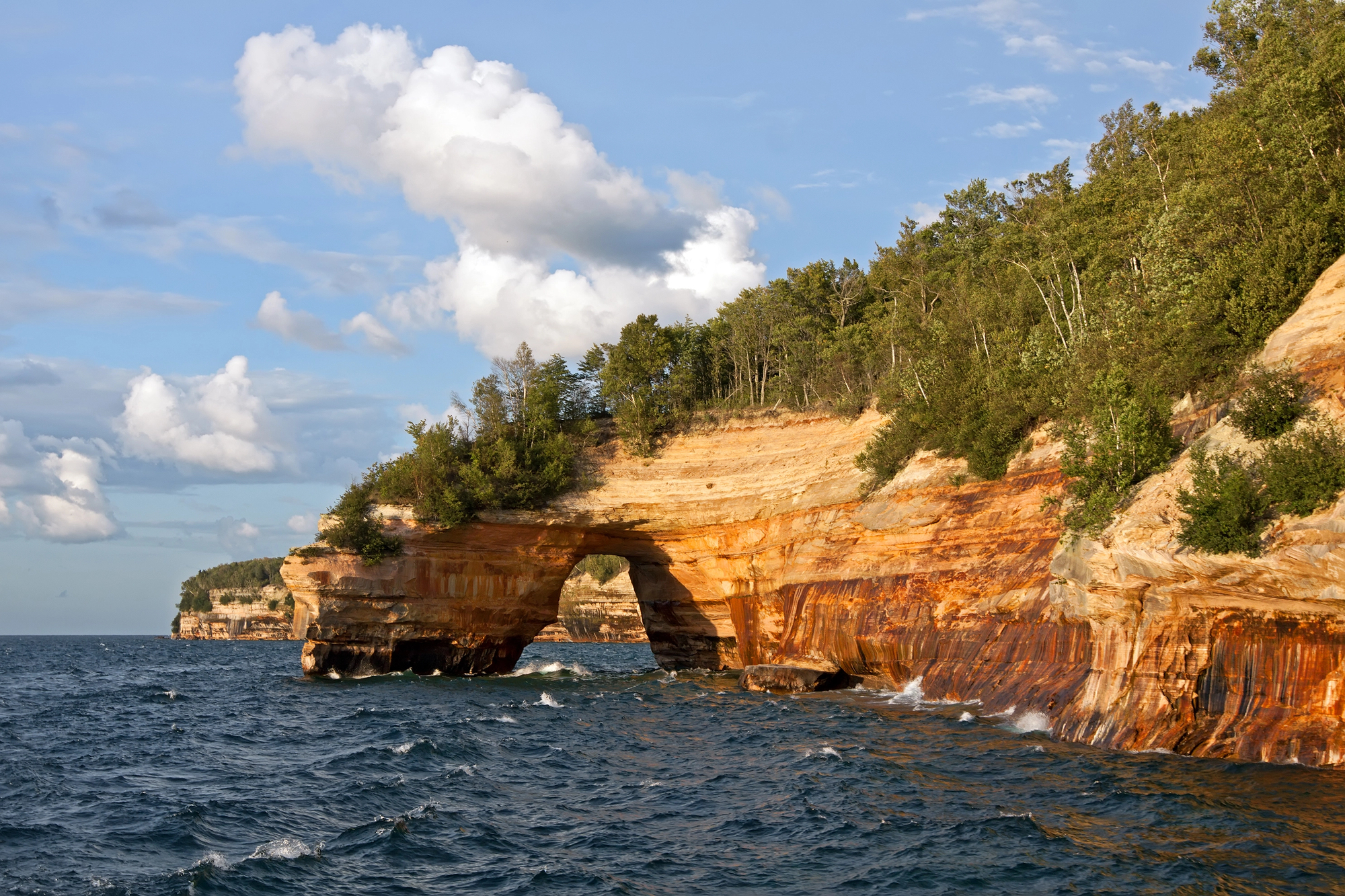
Michigan’s Upper Peninsula offers more wilderness than most western states, yet tourists ignore it for flashier destinations. Pictured Rocks combines everything great about America’s coastline—dramatic cliffs, hidden beaches, waterfalls tumbling directly into lakes that look like oceans.
The colors change with seasons and light, creating a natural art gallery that never repeats the same exhibition twice.
Valley of the Gods, Utah
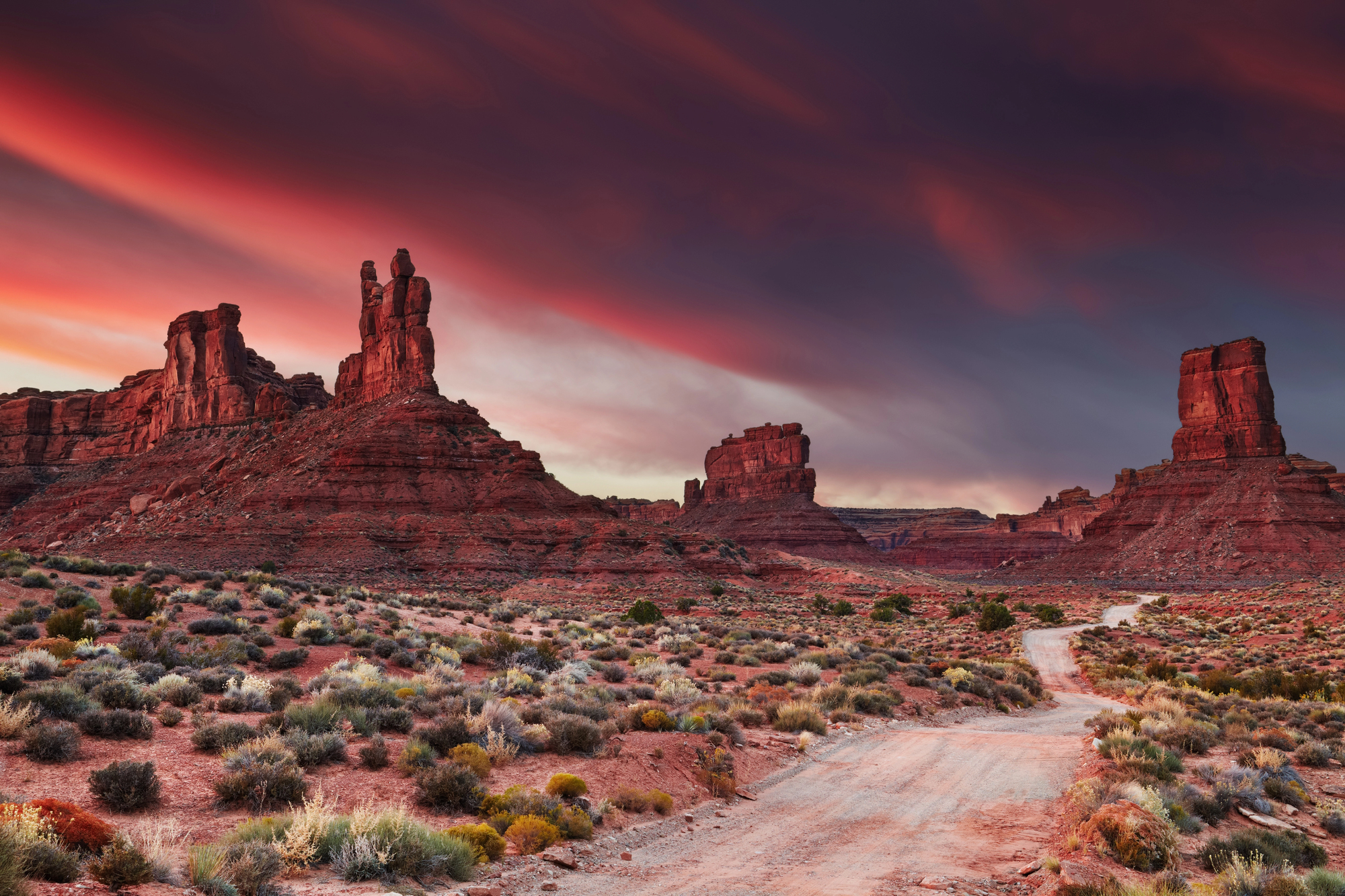
Utah’s “Big Five” national parks get all the attention, while this scenic byway offers equally stunning landscapes without entrance fees or crowds. The 17-mile dirt road winds through red rock formations that rival Monument Valley’s drama.
You’ll have iconic vistas mostly to yourself—sometimes, solitude is the most luxurious amenity a destination can offer.
Crater Lake National Park, Oregon
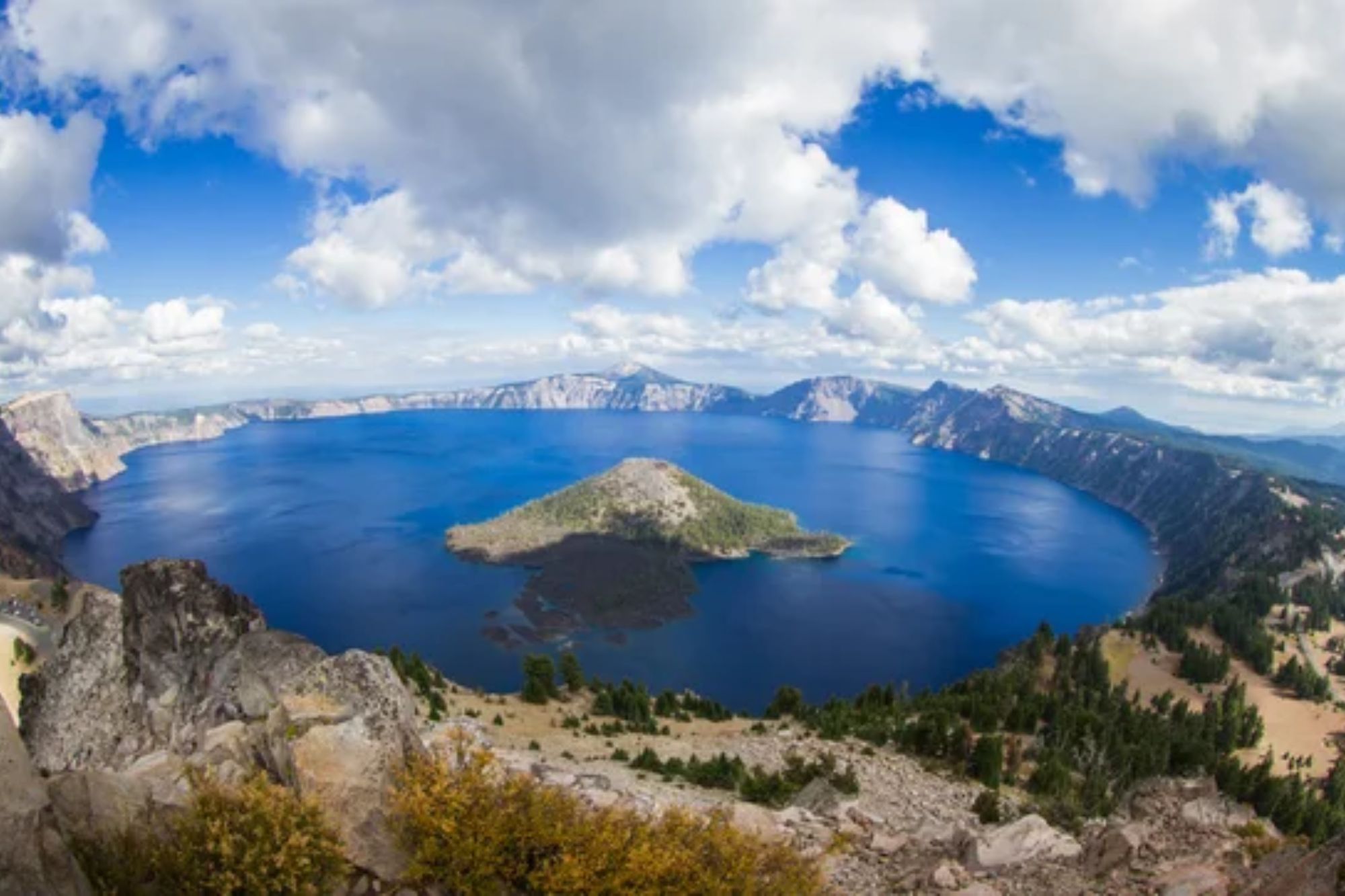
Crater Lake makes every “must-see” list, but most visitors experience it wrong. Skip the crowded rim drive for hiking trails that lead to perspectives tour buses can’t reach.
The lake’s blue seems impossibly deep because it actually is—nearly 2,000 feet of crystal-clear water created by a collapsed volcano. Early morning visits reveal the park before crowds arrive to complicate its essential stillness.
Like Travel Pug’s content? Follow us on MSN.
Black Hills, South Dakota
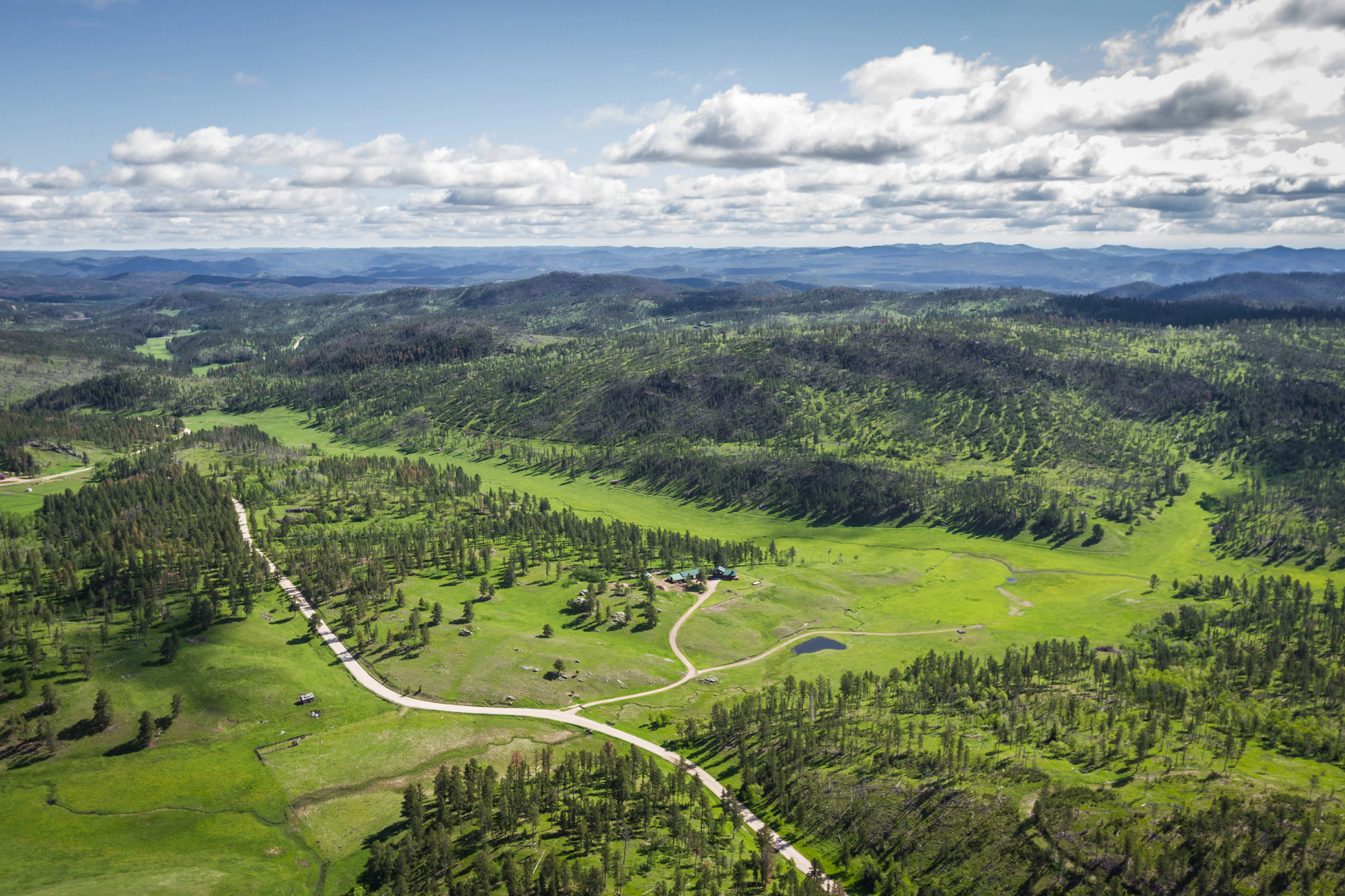
Mount Rushmore draws millions, but the Black Hills offer so much more than presidential faces carved in stone. Custer State Park’s wildlife drives rival anything in Yellowstone, while Crazy Horse Memorial provides context that Rushmore lacks.
The region’s Native American history runs deeper than tourist attractions acknowledge—learning that story transforms casual sightseeing into meaningful travel.
Guadalupe Mountains National Park, Texas
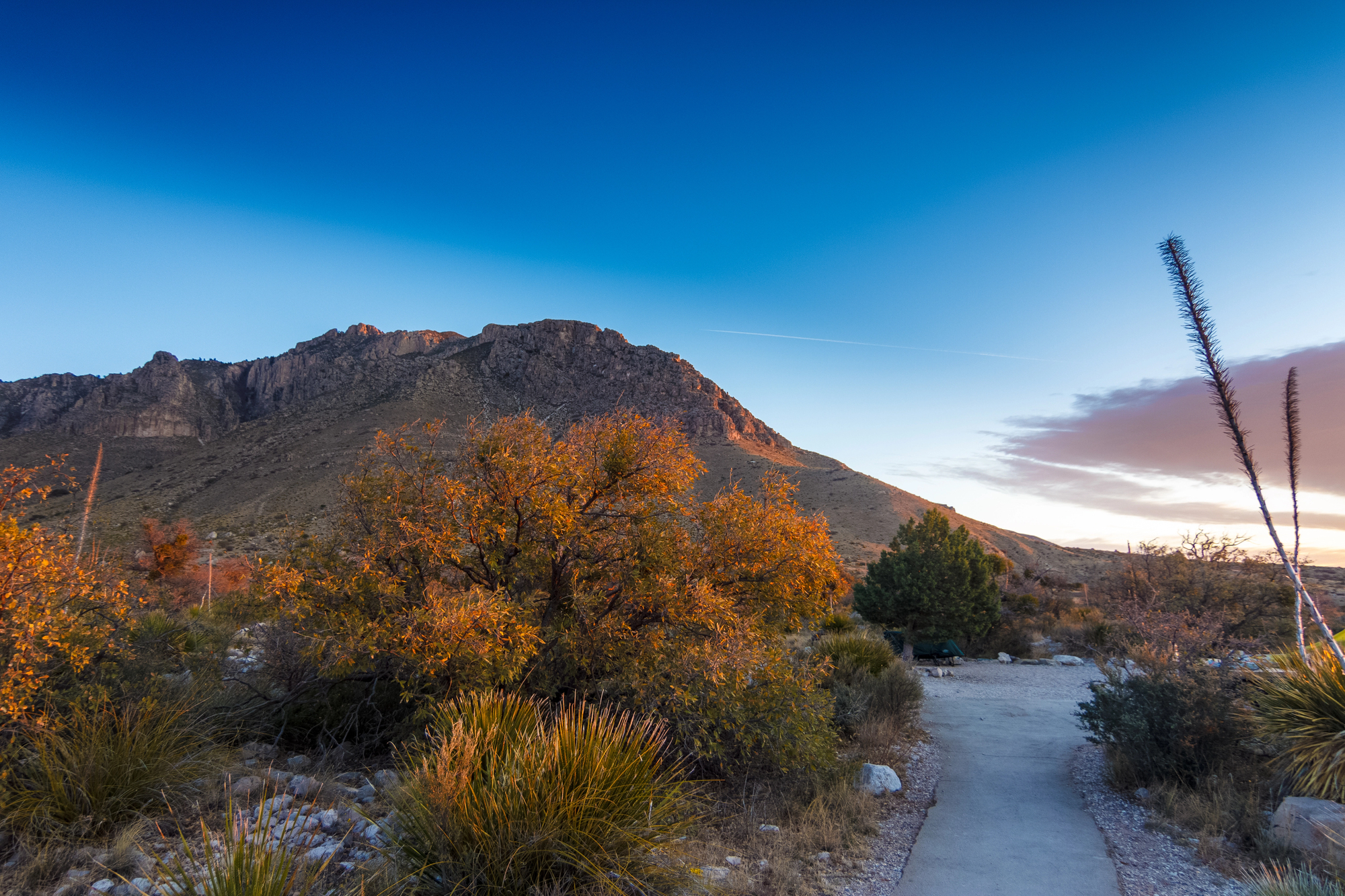
Texas’ highest peaks hide in a national park that most Texans couldn’t locate on a map. Guadalupe Peak offers views that span multiple states, while desert landscapes support surprising biodiversity.
The park sees fewer visitors annually than Yellowstone gets on a busy weekend, which means hiking trails that feel genuinely remote. Sometimes, the best adventures come from America’s least-visited national parks.
Mammoth Cave National Park, Kentucky
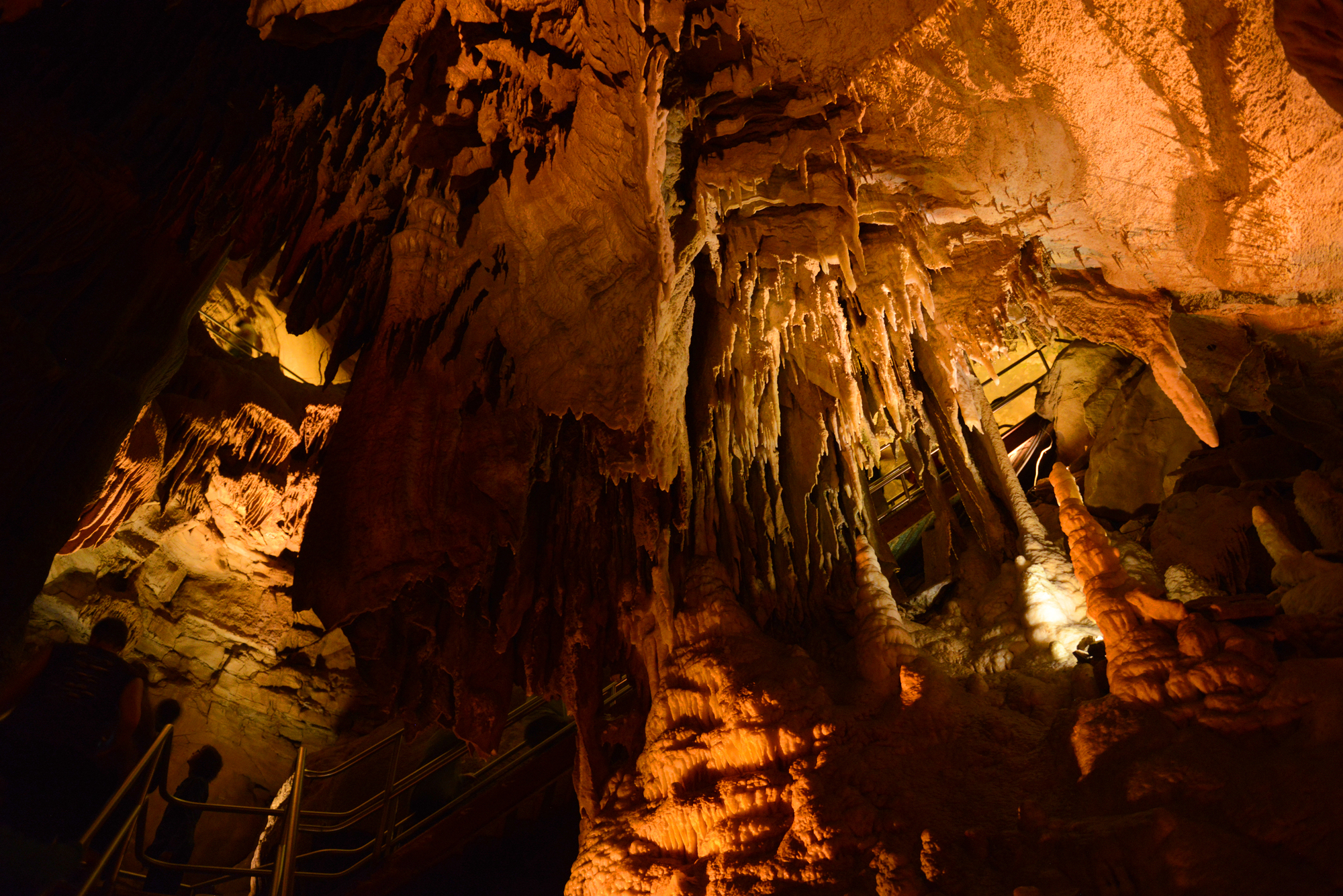
The world’s longest known cave system lies beneath Kentucky hills that look unremarkable from the surface. Underground passages stretch for over 400 mapped miles, with more being discovered constantly.
Tours range from easy walks to serious spelunking adventures, but all reveal a hidden world that puts surface landmarks in perspective. Darkness this complete doesn’t exist in most people’s daily experience.
Like Travel Pug’s content? Follow us on MSN.
North Cascades National Park, Washington
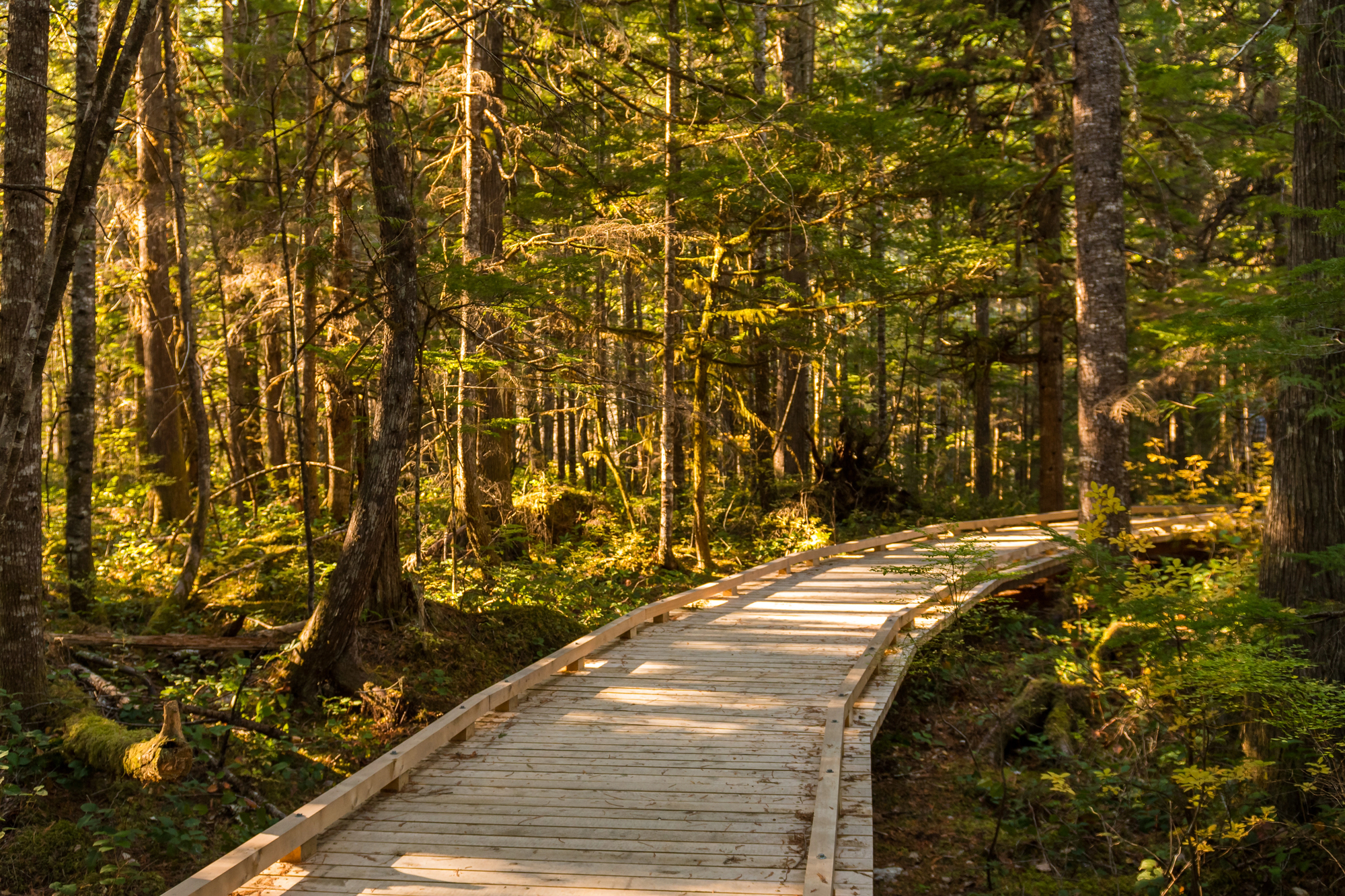
While everyone flocks to Mount Rainier, North Cascades offers equally dramatic alpine scenery with a fraction of the visitors. Jagged peaks, glacial lakes, and hiking trails that actually challenge experienced outdoors enthusiasts create wilderness that feels untouched by human intervention.
The park’s remoteness isn’t accidental—it’s what preserves the authentic mountain experience that more accessible parks can’t provide.
Great Basin National Park, Nevada
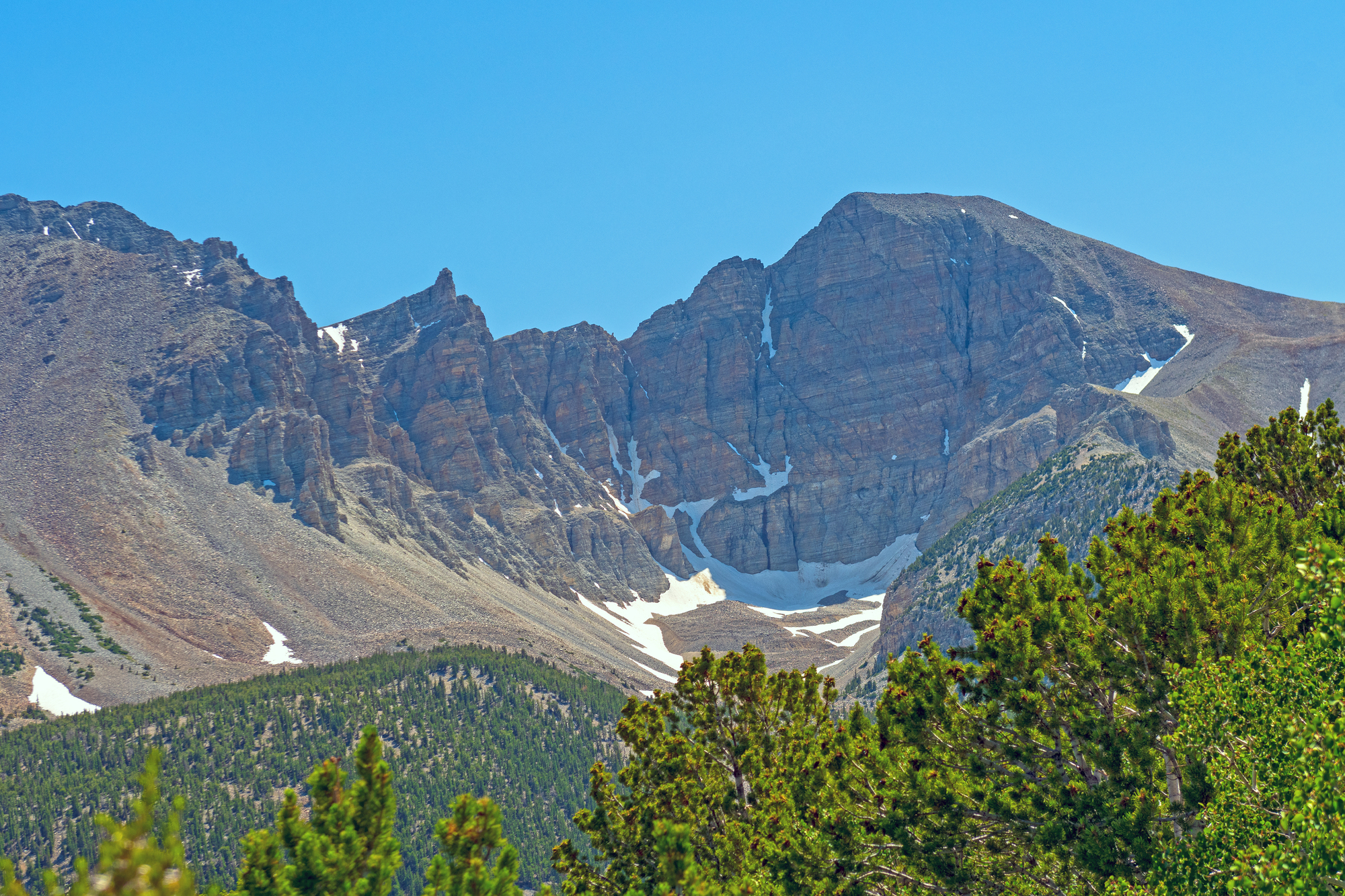
Nevada conjures images of Las Vegas and desert emptiness, but Great Basin National Park offers some of America’s darkest skies and most surprising landscapes. Lehman Caves provide underground wonder, while Wheeler Peak challenges hikers with high-altitude adventure.
The park’s isolation becomes its greatest asset—stargazing here rivals anywhere on the continent for revealing the universe beyond city lights.
Voyageurs National Park, Minnesota
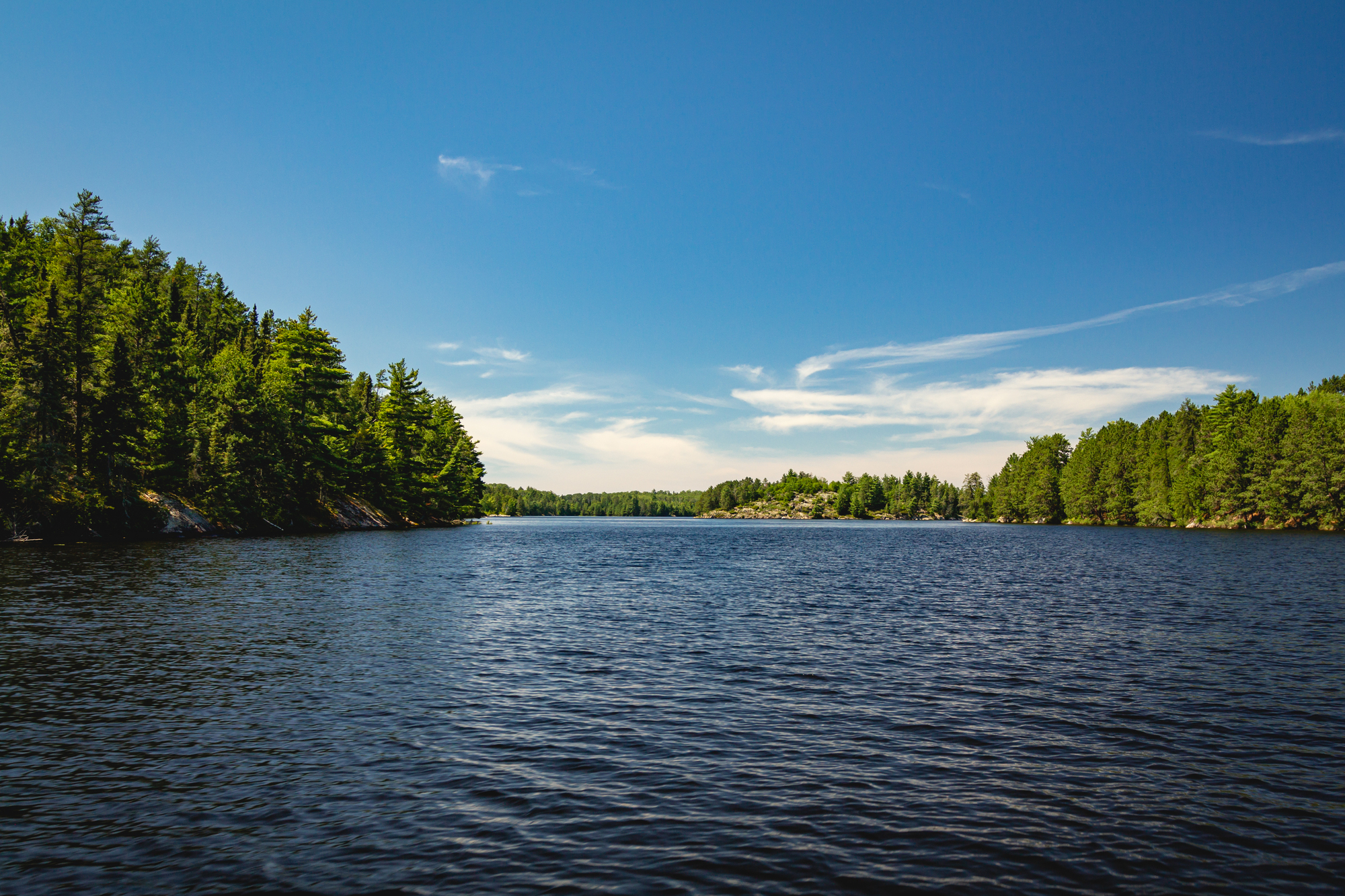
This water-based park preserves boundary waters wilderness that feels more Canadian than American. Canoeing and kayaking provide the primary access to islands and shorelines that fur traders once used as highways.
The silence of northern lakes creates meditation that theme parks and beaches can’t offer. Winter transforms the landscape into something even more remote and beautiful.
Like Travel Pug’s content? Follow us on MSN.
Capitol Reef National Park, Utah
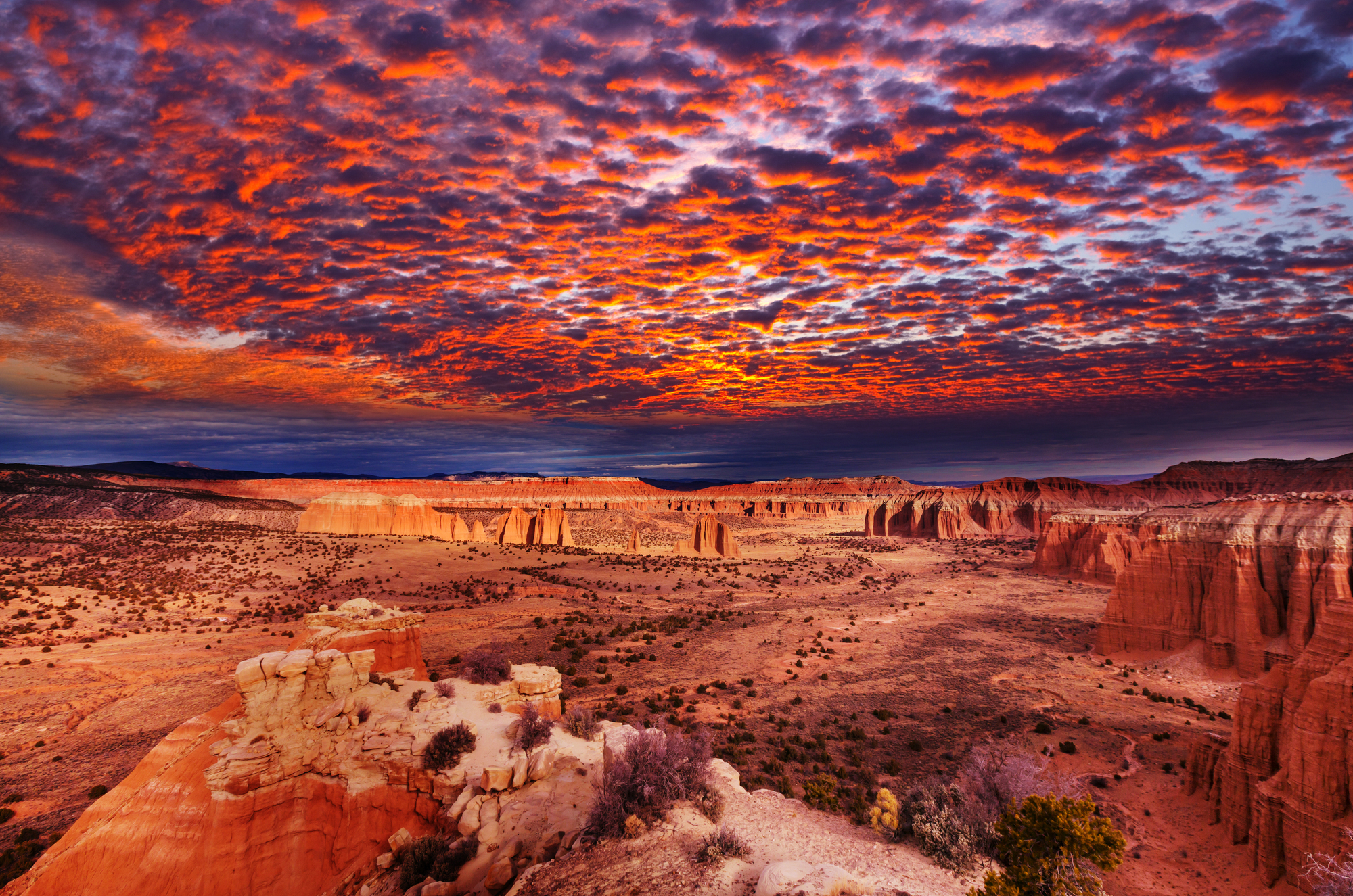
Sandwiched between Arches and Zion, Capitol Reef gets overlooked despite offering equally impressive red rock scenery. The park preserves not just geological wonders but also human history—Petroglyph panels and pioneer settlements tell stories that pure wilderness parks can’t.
Fruit orchards planted by Mormon settlers still produce crops, creating an oasis that seems too good to be true.
Congaree National Park, South Carolina
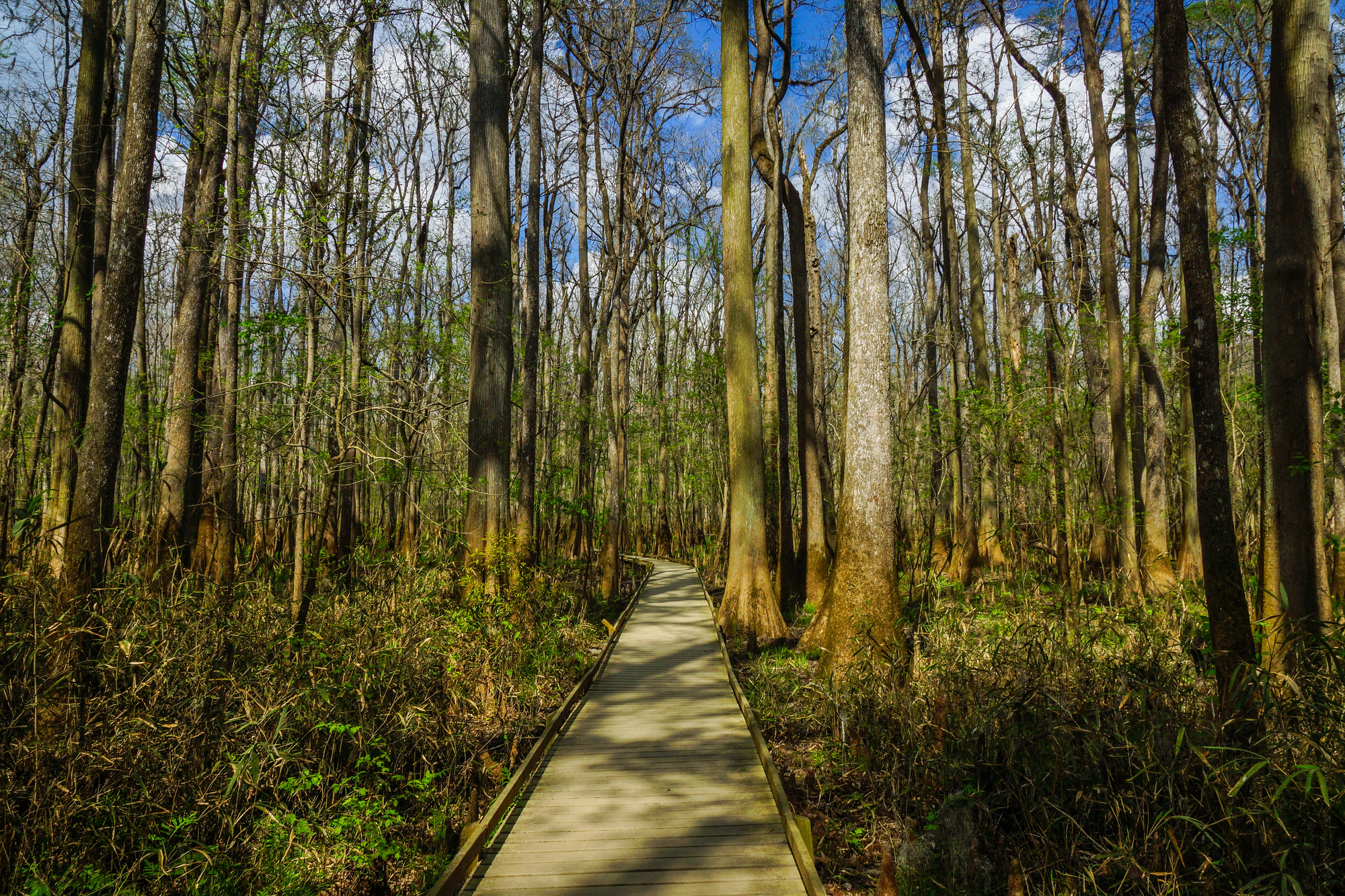
South Carolina’s only national park protects old-growth forest that somehow survived centuries of logging and development. Champion trees reach record heights, while boardwalk trails provide access to swampland that feels primeval.
Fireflies create light shows in late spring that rival any fireworks display, proving that some natural spectacles can’t be improved by human intervention.
Isle Royale National Park, Michigan
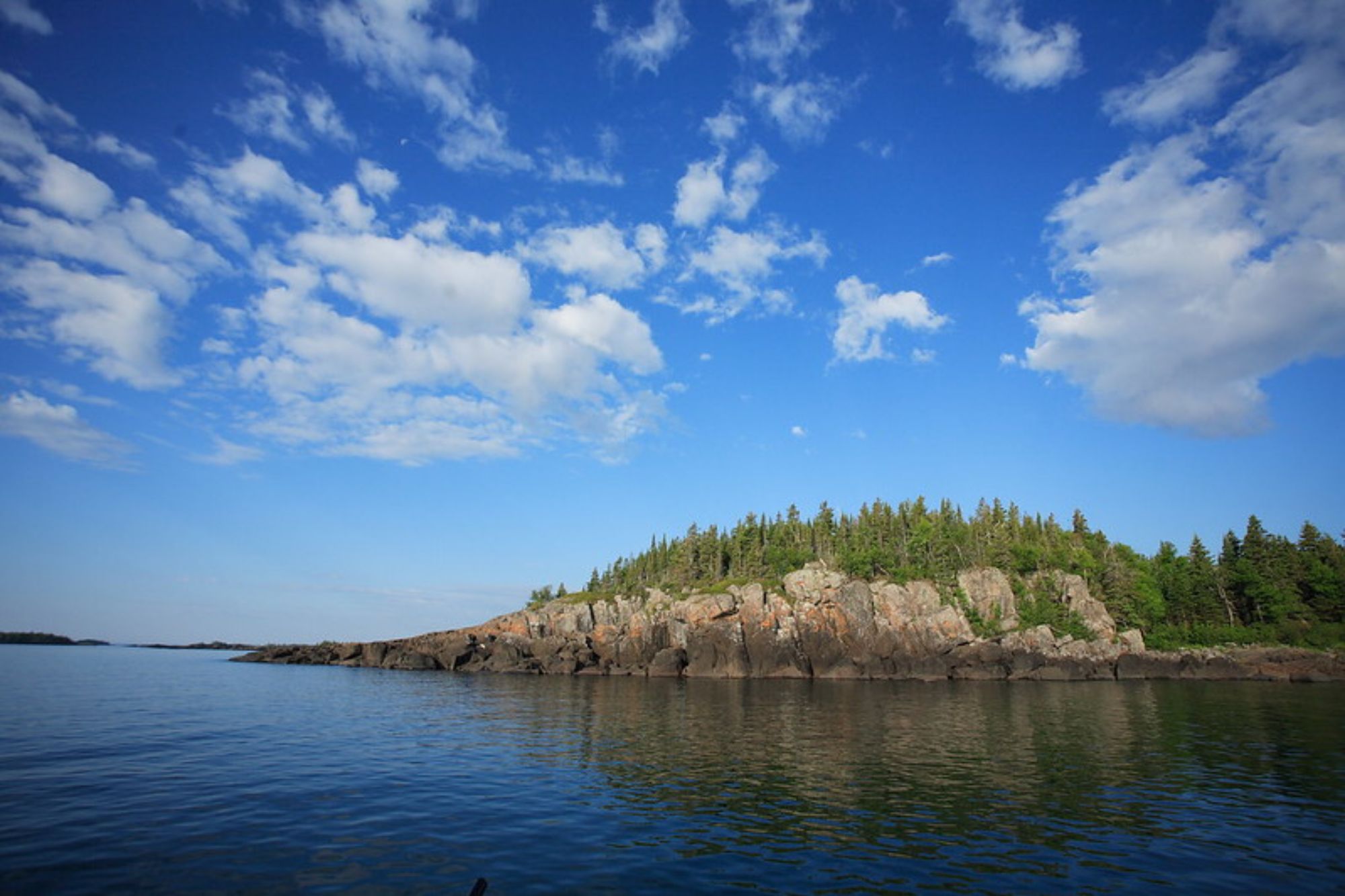
Michigan’s island national park requires ferry rides or seaplane flights that immediately separate serious visitors from casual tourists. Wolves and moose populations create one of nature’s most studied predator-prey relationships, while hiking trails offer solitude that’s increasingly rare in America’s park system.
The isolation that makes it difficult to reach also preserves the wilderness character that mainland parks struggle to maintain.
Like Travel Pug’s content? Follow us on MSN.
Channel Islands National Park, California

California’s “Galapagos” offer island adventures just miles from Los Angeles, yet most Californians have never heard of them. Each island provides different ecosystems and experiences—snorkeling with sea lions, hiking among endemic plants, or simply experiencing landscapes that evolution shaped in isolation.
The ferry ride from Ventura creates a separation that transforms day trips into genuine adventures.
Theodore Roosevelt National Park, North Dakota
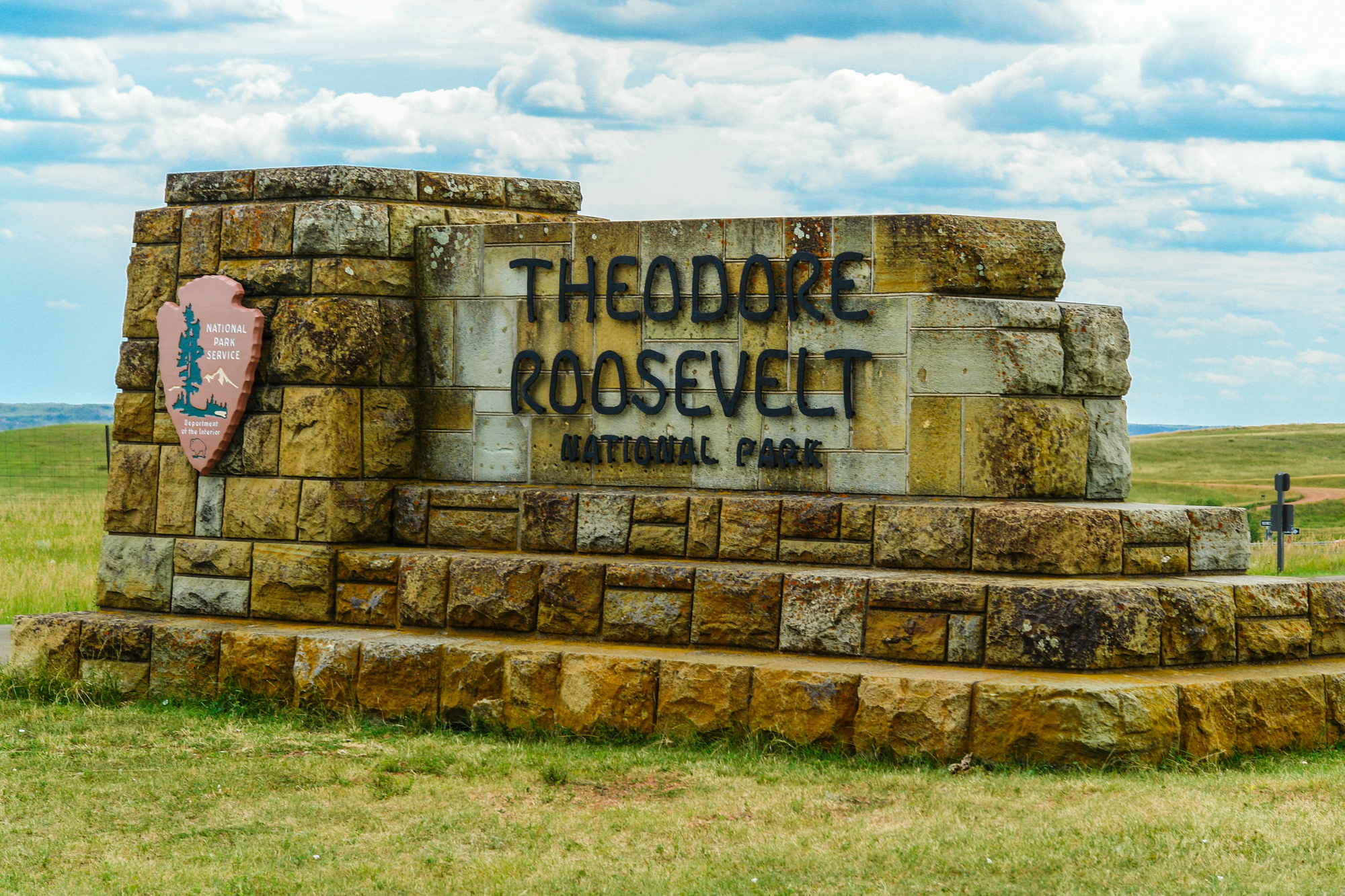
North Dakota doesn’t scream vacation destination, but this park offers badlands scenery that rivals South Dakota’s more famous formations. Bison herds roam freely while painted canyons create landscapes that seem borrowed from Arizona.
The park honors a president who understood that America’s wild spaces needed protection—visiting here connects environmental conservation with political legacy in ways that pure wilderness parks cannot achieve.
Beyond the Guidebook Pages
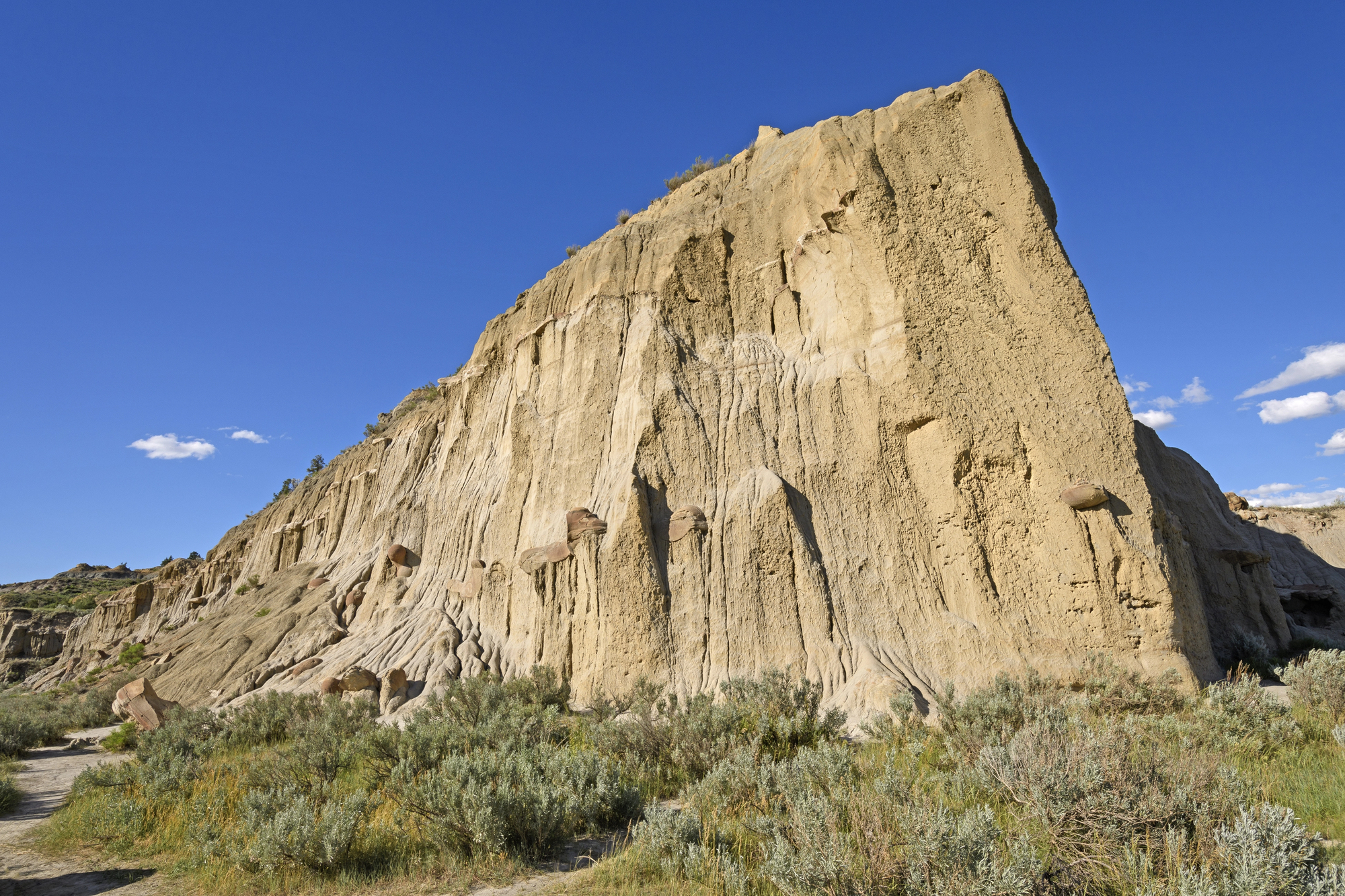
America’s hidden gems prove that the best travel experiences often come from curiosity rather than careful planning. These places don’t market themselves aggressively because their appeal lies in authenticity rather than convenience.
They reward visitors who value experience over efficiency and solitude over social media opportunities. In our hyper-connected world, destinations that require effort to reach become more precious precisely because they can’t be consumed casually.
These 20 places remind us that the country’s greatest treasures are often its most overlooked.
More from Travel Pug

- Cities Growing so Fast You Won’t Recognize Them in 10 Years
- 13 Destinations Where Tourists Regularly Regret Their Trip
- 16 U.S. Cities That Are Quietly Becoming Travel Hotspots
- Where to Travel If You Love Long Bus Rides and Daydreams
- 20 Cities Perfect for Solo Travelers Who Crave Adventure & Culture
Like Travel Pug’s content? Follow us on MSN.
